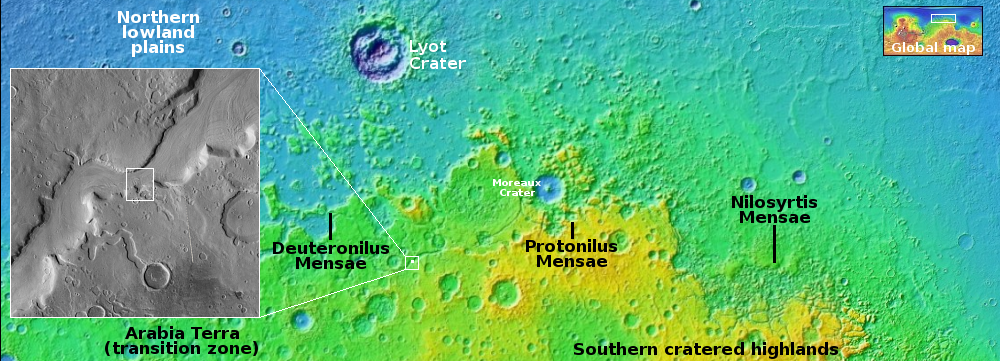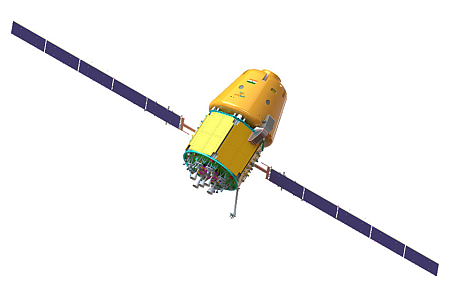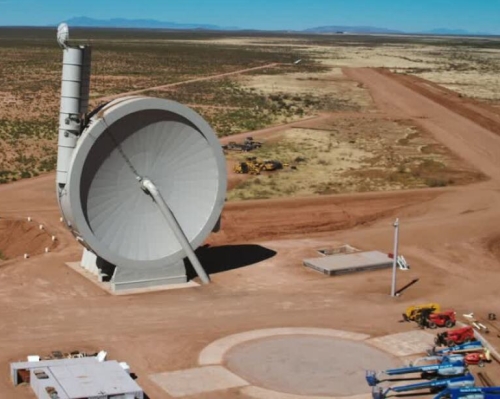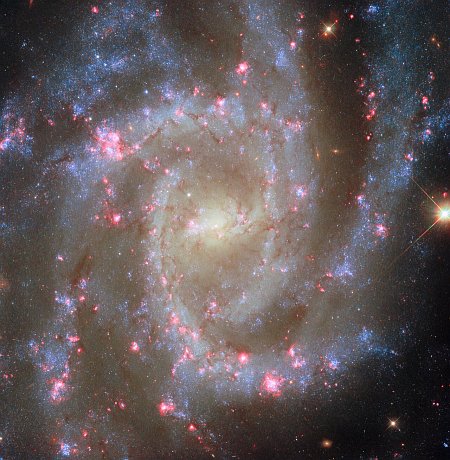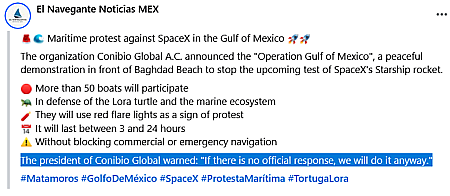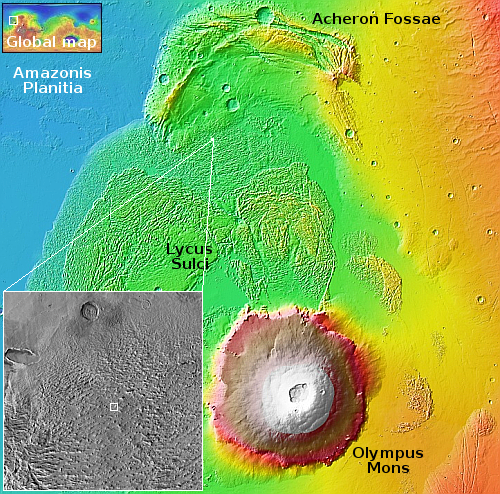SpaceX gets major tax credit for the jobs its new Starship factory will create.
Because SpaceX’s new Starship factory, dubbed Gigabay, will create more than 500 new jobs in the Boca Chica region, the Starbase city commission this week awarded the company a sales tax refund valued as much as $3.75 million.
Gigabay will create about 630 new jobs, according to information Barrera showed the City Commission. That number included 315 entry-level jobs, which pay nearly $50,000 a year; 277 staff jobs, which pay nearly $90,000 a year; and 26 manager positions, which pay about $164,000 a year. … At least 25% of the jobs must be filled by veterans, residents of the enterprise zone or people who are considered economically disadvantaged.
SpaceX may receive a sales tax refund of $7,500 per job if the company invests $250 million. The program is capped at 500 jobs, allowing SpaceX to receive a maximum of $3,750,000.
Once again, the opposition to SpaceX does not come from the general public, which overwhelming supports what the company is doing in south Texas because of the wealth it is bringing to the region. The only opposition comes from fringe and very tiny leftist activist groups who oppose anything new, and specifically hate Elon Musk because he backed Donald Trump in last year’s election.
Sadly, those fringe groups are also backed by the propaganda press, which gives them a loud bullhorn they don’t deserve. It is imperative that Texas politicians recognize these facts, and not let that bullhorn bully them into actions detrimental to their constituents.
Because SpaceX’s new Starship factory, dubbed Gigabay, will create more than 500 new jobs in the Boca Chica region, the Starbase city commission this week awarded the company a sales tax refund valued as much as $3.75 million.
Gigabay will create about 630 new jobs, according to information Barrera showed the City Commission. That number included 315 entry-level jobs, which pay nearly $50,000 a year; 277 staff jobs, which pay nearly $90,000 a year; and 26 manager positions, which pay about $164,000 a year. … At least 25% of the jobs must be filled by veterans, residents of the enterprise zone or people who are considered economically disadvantaged.
SpaceX may receive a sales tax refund of $7,500 per job if the company invests $250 million. The program is capped at 500 jobs, allowing SpaceX to receive a maximum of $3,750,000.
Once again, the opposition to SpaceX does not come from the general public, which overwhelming supports what the company is doing in south Texas because of the wealth it is bringing to the region. The only opposition comes from fringe and very tiny leftist activist groups who oppose anything new, and specifically hate Elon Musk because he backed Donald Trump in last year’s election.
Sadly, those fringe groups are also backed by the propaganda press, which gives them a loud bullhorn they don’t deserve. It is imperative that Texas politicians recognize these facts, and not let that bullhorn bully them into actions detrimental to their constituents.



